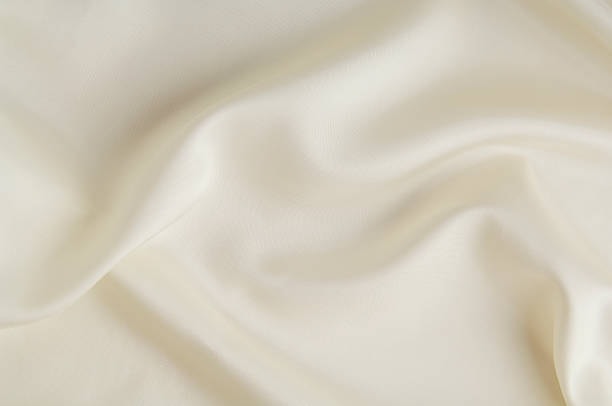Satin fabric has always represented a luxury, quality and stylish clothe material. Due to the soft and silky texture having a smooth, glossy and rich feel it has been used to make everything ranging from dresses for evening wears and even bedding materials. Satin fabric and satin cloth is a fabric that is commonly used in industries and families, but what is it, and what makes it characterized by its special texture and flexibility? In this extensive blog, you will learn the meaning, features, varieties, purposes, and recommendations on how to properly care for satin fabric and gain extensive knowledge about this classic material.
Understanding Satin: Definition and History
Satin is not a fiber but a weave that results in a fabric with shiny surface and a mat back or conversely shiny on one side and dull on the other. Satin could formerly be made using silk and this is what made it to have that elegant look and feel to it. Modern satin on the other hand can be of polyester, nylon and acetate thus it is more common and easier to obtain than the authentic one.
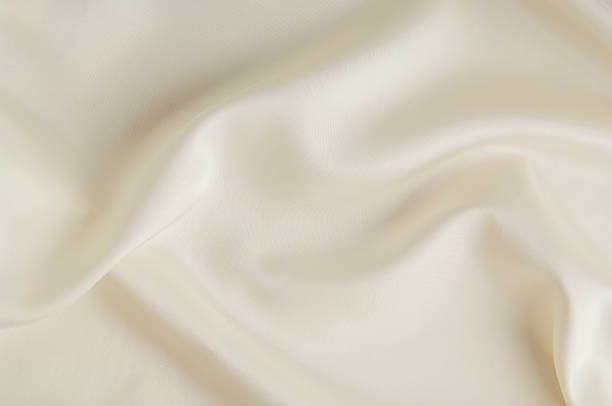
Satin fabrics are said to have originated from medieval China; despite its present-day association with fabric materials, in its early days, it was limited to the weaving of silk and originally referred to as ‘zaitun’ because Quanzhou in China, was previously known as Zayton. Satin spread to Europe in trade markets over time and reached the status of luxury owing to its shiny and slippery touch in the hands of the elite.
Characteristics of Satin Fabrics
Several key characteristics define satin fabric:
Glossy Surface
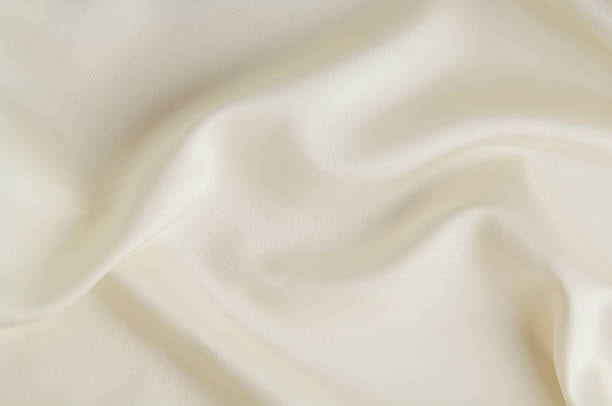
Satin is characterized by a shiny plane and smooth to touch. This is realized through the satin weave in which warp yarns float over weft yarns giving a smooth and therefore very reflective surface.
Smooth Texture
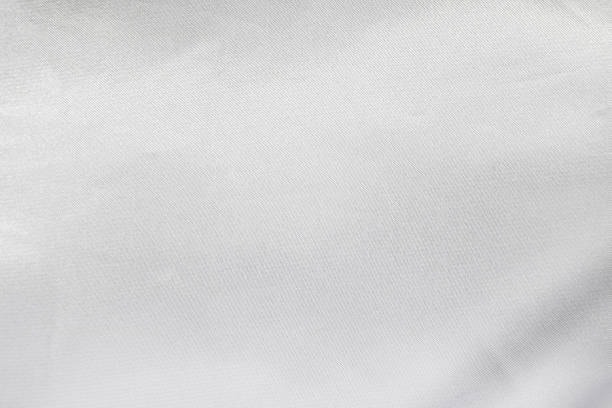
Satin is very smooth and has a silk-like feel, which adds to its touch sensation giving it a rich feel. The smoothness of the fabric is therefore as a result of the high density of threads together with the weaving structure.
Drapability
Satin drape is quite stunning, it makes it perfect for apparels that need to have that flowing and fancy look hand washing. It is because of the fabric weight and particularly because of the satin weave which kind of made it to hang gracefully.
Strength and Durability
Nevertheless, satin is still very much strong and more resistant to other materials, provided it is made out of synthetic fibers as polyester or nylon, for example. These modern variants are also much comparable more wrinkle and stain resistant as well.
Versatility
Flexibility of Satin is one of the most important advantages of this material. fashion apparel to home furnishings Textile vehicles can be in fashion apparel or home furnishings etc; The medium can be in various weights as well as finishes.
Types of Satin Fabric softener
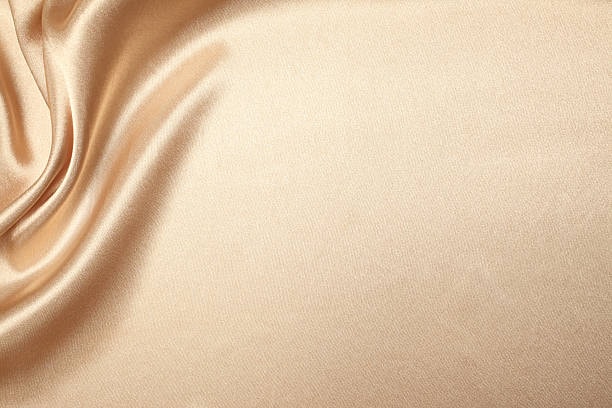
There are several types of satin fabric, each with its unique properties and uses:
Silk Satin fabric

This is the original and is by far the most opulent type of satin that is made from silk fibers. It is very smooth with a slick feel and hand and it carries this natural shine which is unmatchable. For gown like materials, some of the varieties of fabric include satin, and the most common or rather refined types include the silk satin.
Polyester Satin garments

Polyester satin is less expensive than pure silk satin, although it has the same shiny appearance and soft shiny touch as real silk satin but is more resistant and can be washed. It is applied in fashion, home textile products, and accessories.
Acetate Satin garment
This acetate satin is most popular for its firm and smooth texture being used in fashions, formal, and lining garments, and ribbons. I myself like satin because it has a beautiful sheen and good drape, however, it may be a bit less durable than other satin fabrics.
Duchess Satin garment
Satin fabric type which is primarily utilized for bridal and evening gowns is mostly a heavy and luxurious material delicate fabric. It is woven using a lot of threads and has a heavy weight hence; it has a luxurious feel.
Crepe-Back Satin garment
Exactly this kind of satin fabric has a bright and shiny surface on one side and dull, crepe texture on the other surface direct sunlight. It provides a certain flexibility of cuts and is employed in dresses and blouses, as a rule.
Uses of Satin Fabric inside
Satin’s luxurious appearance and versatile nature make it a popular choice for various applications:
Fashion
Evening Wear: Satin is widely used where shine and elegant fall is desired; for women’s evening wear, gowns, dresses, and formal-wear. The reflectivity inherent in satin clothes, it adds a glamour and suave feel to what it touches.
Bridal Wear: Most bridal gowns, and bridesmaid dresses are made with satin since it reflects light well, and has a slippery feel. It gives a timeless, classy finish that remains very popular among brides for their big day.
Lingerie: The last fabric, satin is ideal for the production of underclothes, lingerie and sleepwear due to the silky gentleness on skin. This type wash satin is mainly used in the construction of slips, camisoles, robes and night gowns satin clothing.
Blouses and Shirts: Specifically, satin blouses and shirts make women appear more professional and fashionable when they are going for their routine work. This is an aspect that makes them to be preferred since they have good looks and feel comfortable to wear.
Home Decor
Bedding: Of late, satin sheets and clean satin pillow cases have gained a lot of popularity because of the smooth feel that comes with them air dry. It is also considered that they are helpful for hair and skin as they decrease the occurrence of hair split ends and wrinkle formation.
Curtains and Drapes: Satin has a very smooth and silky feel to it and has a nice flow for curtains and drapes giving a touch of class to any room.
Upholstery: Satin is at times used where there is need of giving an appealing look to furniture through upholstery in classy furniture.
Decorative Accessories: Satin fabric is mostly applied to the manufacture of decorative cushions, table cloths and household items featuring elegance.
Caring for Satin Fabric inside
Everyone should ensure that they take car and observe certain practices in order to keep the satin fabric as attractive as possible and for it to last long machine washing. Here are some tips for caring for wash satin fabric:
Read Care Labels: Satin products or fabrics should always be checked on the care labels in order to know how to to dry clean them. Each satin fabric can be washed in a washing machine or needs to be dry cleaned depending on the fabric type.
Hand Wash When Necessary: This is because delicate satin used in garments and other clothing accessories should be washed by hand using cold water together with mild soap washing satin. Do not squeeze or twist the fabric with your fingers hand washing, as this can harm the fiber.
Use a Gentle Cycle: When washed, ensure they are washed using cold water, and use the delicate cycle of a washing machine if that is permitted and put the satin item in a mesh laundry bag in order to avoid tangling or snagging on other clothes or materials.
Avoid High Heat: Satin should not be ironed either because, if exposed to high temperatures, it will shrink, or the fabric will be damaged in some way. It is advisable to use low heat while ironing; also, place cloth in between the iron and the satin.
Store Properly: Satin materials on the other hand should be avoided creasing thus should be stored on special hangers or folded neatly in a drawer. It is recommended to avoid displaying the same satin items of clothing with products that are exposed directly to sunlight, since the fabric tends to deteriorate with time, becoming colored otherwise.
Conclusion
Satin fabric is a very smooth fabric that can be used for both apparel as well as home accessories, and is widely used in garbs and home decorations. Due to its sheen exterior, nonabsorbent feel and fabulous hang, it has remained as one of the most versatile fabric for all occasions, from formal wears such as gowns and wedding dresses, to home uses such as beddings and drapes. Knowledge of the various classes of satin together with how to maintain this exquisite fabric will go a long way in enhancing the usage of this material. If you want to decorate your clothes, accessories or home interior, of course, satin damage the fabric that means the universe of opportunities.

